The broccoli vegetable is a part of the cabbage plant family. Scientifically known as Brassica oleracea, Broccoli is rich in calcium, iron and phosphorylation, which makes it an excellent vegetable for the body. As a result of its high calcium and iron content, Broccoli has health benefits such as strong bone and body-building potential. It also supports the immune system and can help prevent cancer.
Growing Broccoli through Companion Planting
Companion planting involves planting two or more crops or plants mutually beneficial to each other within the same garden space. This article will delve into the companion plants that do well with Broccoli.
Beets
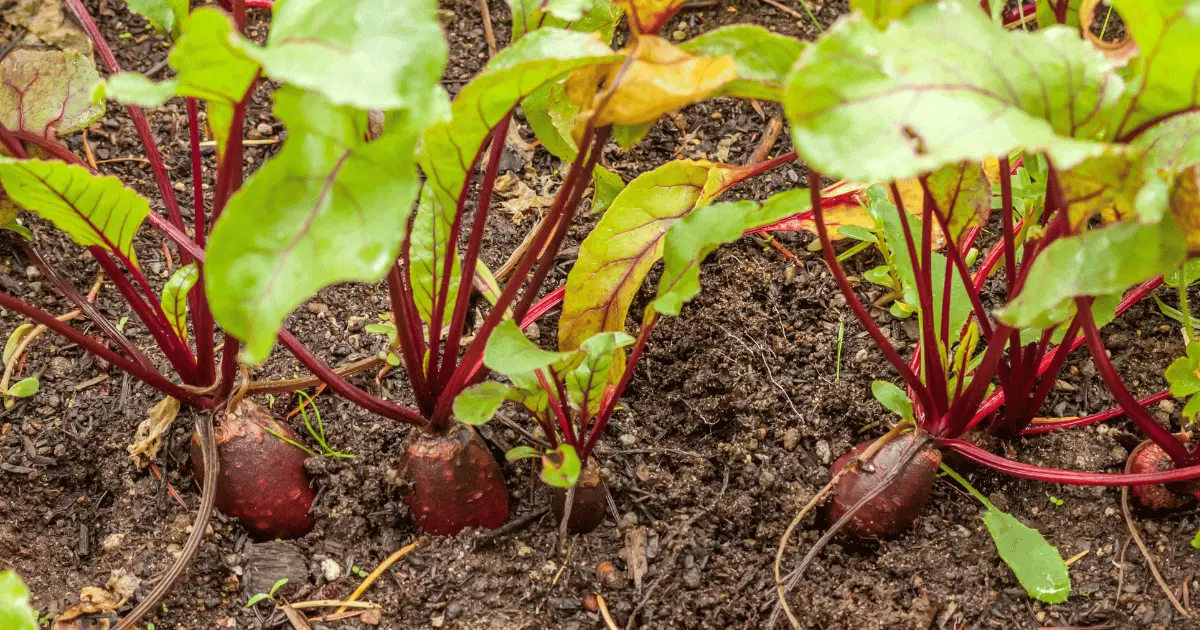
Also known as beetroots, beets are low in calories and high in antioxidants that reduce the risk of cell damage. Beets go well in companion planting with Broccoli because, for one, they do not compete for the same range of nutrients in the soil. Beets don’t need as much calcium as Broccoli to grow well, so when they’re planted together within the same space, they complement each other.
Potatoes

Scientifically known as Solanum tuberosum, potatoes prosper when planted as broccoli companions. The reason for the mutual match of potato and Broccoli is that both plants need an entirely different set of soil nutrients to grow, so they don’t compete for the same nutrient set. Broccoli needs a fair share of nitrogen and calcium, while potatoes require manganese and phosphate.
Rosemary

If there’s any term such as a plant shield, just as there’s a human shield, rosemary serves the same purpose a human shield serves. As it is scientifically known, the rosemary plant works as a natural pest repellant for broccolis when planted together in the same space. Besides slugs and snails, cabbage moths and cabbage loopers are also repelled by the presence of the Rosemary plant. This plant also shields the Broccoli from harsh weather conditions.
Spinach

Like Rosemary, spinach works in a reverse mechanism with broccolis; the thick leaves of Broccoli provide some shade that helps the spinach, or Spinacia Oleracea as it is known scientifically. The spinach can get withered by the direct impact of sunlight, and so when it is planted as a companion of Broccoli, the Broccoli essentially shields the spinach. With this companion planting partner, you still have more than one plant at the end of a planting season to enjoy in your garden.
Rhubarb
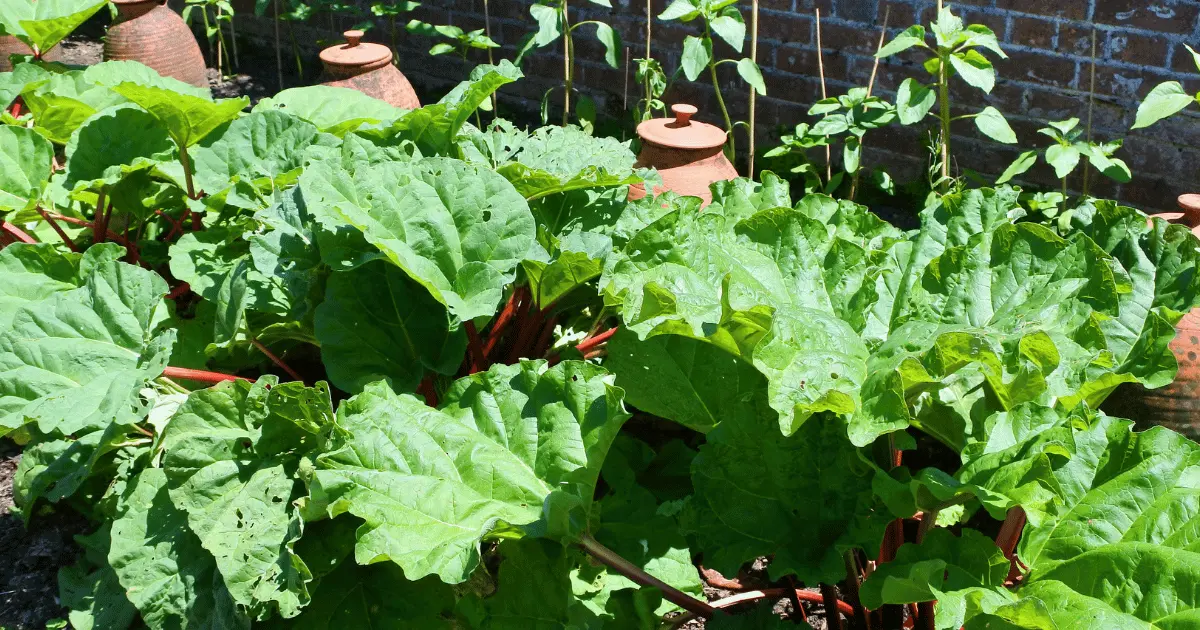
Rhubarb repels some natural pests of Broccoli, such as Aleyrodes brassier (cabbage whitefly), which destroys the leaves of Broccoli. Leaf-eating bugs such as whiteflies are also repelled by rhubarb, as rhubarb has an acidic smell that benefits the Broccoli when both plants are planted as companions. I’m planting rhubarb with Broccoli, be sure to allow enough space between both plants.
Shallots
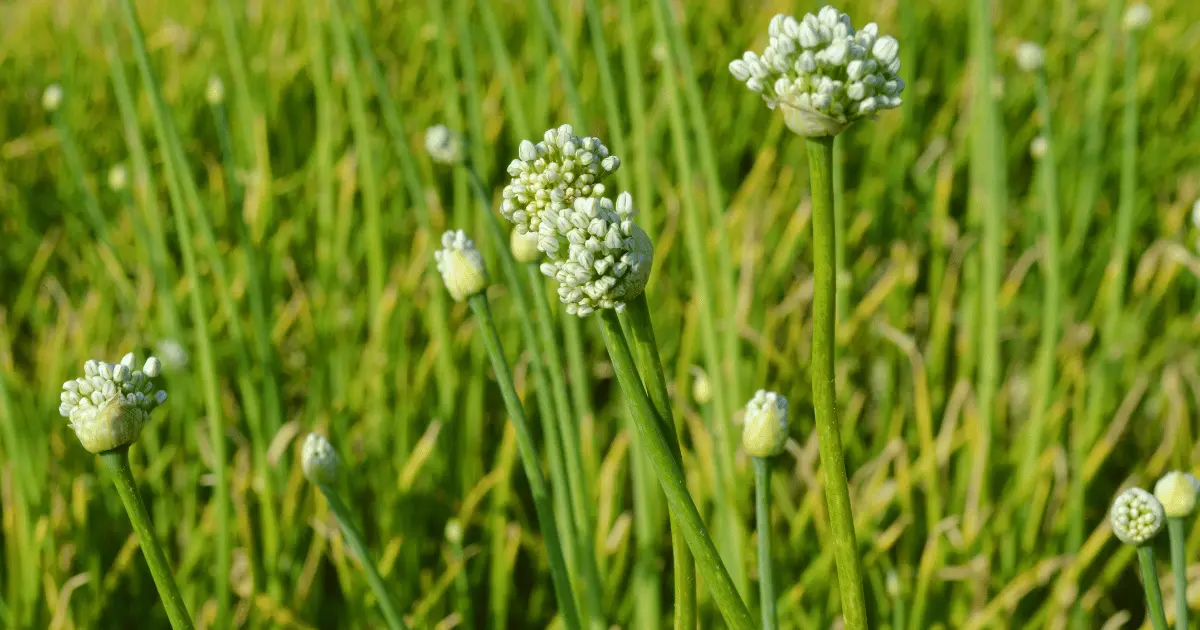
The Shallot plant is a branch of the onion family that increases broccolis’ flavor when planted in the same space. Shallots do not compete for space with broccoli as it doesn’t consume much space, helping you as a gardener to use space properly.
Lettuce
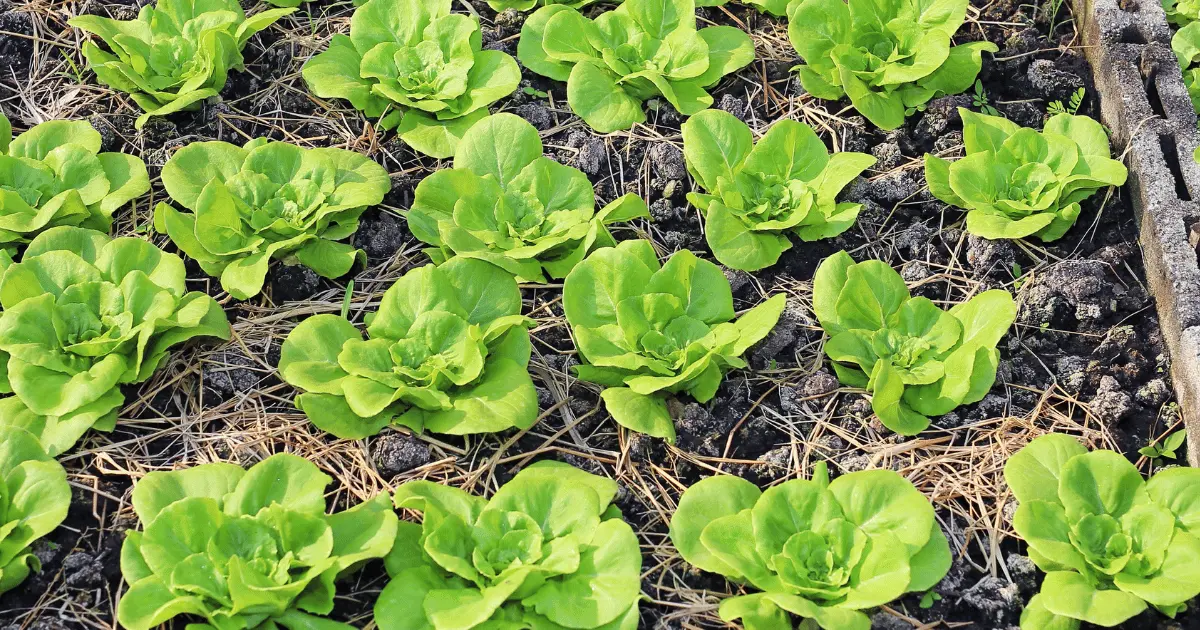
When there are long sunny days, gardens can quickly turn temperate, affecting the plants. The large broccoli leaves provide considerable shade from the direct impact of sunlight on plants such as lettuce in the garden, thereby ensuring a fresh garden all season long.
Chamomile

Chamomile (known scientifically as Matricaria chamomilla) attracts beneficial insects to the broccoli plantation, one of which is bees. Bees pollinate the garden and ornamental plants, such as Broccoli. Asides from attracting pollinators, chamomile also improves the flavor of the Broccoli when planted in cost proximity.
Celery
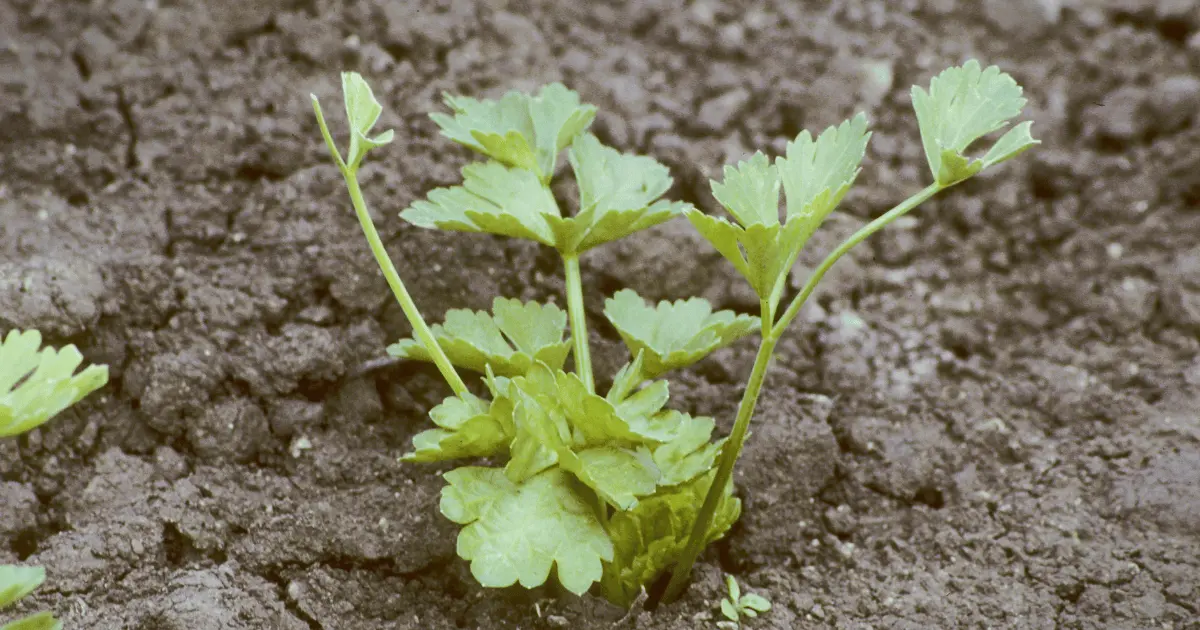
Celery grows tall and keeps weeds out of the garden space. The celery is a natural shield against weeds and unwanted vegetation in the garden.
Nasturtiums

Nasturtiums of the Brassicaceae (cabbage) plants family are also suitable for companion planting with broccolis. Nasturtiums grow sprawling and, therefore, sprawl around the base of the Broccoli, forming a living mulch around the Broccoli.
Radishes
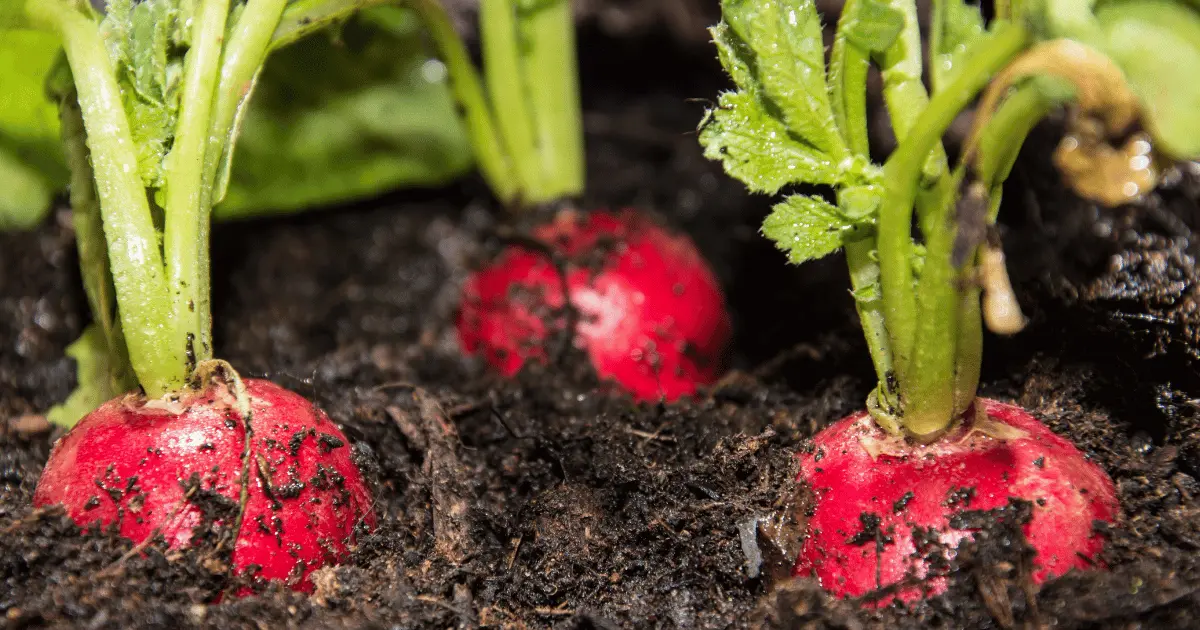
Radish grows shallow in the soil and thrives when planted in companion with Broccoli. The Broccoli provides shade for the radish to thrive properly.
Onions

The Allium plant family’s onions have a pungent smell, which benefits Broccoli when planted near. Onions tend to improve the flavor of Broccoli when planted as its companion. It also repels pests from destroying your broccoli harvest.
Garlic

The strong, piercing smell of Garlic repels some natural pests of Broccoli. This is not a property peculiar only to Garlic; it is common to most scented plants and herbs. Aside from the pest repulsion, Garlic also provides the benefit of a good flavour when planted near Broccoli.
Marigolds

Marigolds are known for their strong smell. The strong smell of marigolds serves broccoli well by serving as a natural pest repellant. Marigold is a strong throw-off for insects such as cabbage worms which are terrible for broccolis.
Cucumber

The reason why cucumbers do well when planted as companions of Broccoli is not yet established. Still, both plants complement each other as they do not retard each other’s growth in the garden space. The only caution to planting Broccoli with Cucumber is ensuring both plants’ spacing to thrive.
Sage

The Sage herb exhumes fragrances that repel certain pests of Broccoli. One of the common pests repelled from the broccoli plantation by the same herb is the white fly which is highly detrimental to Broccoli.
Dills
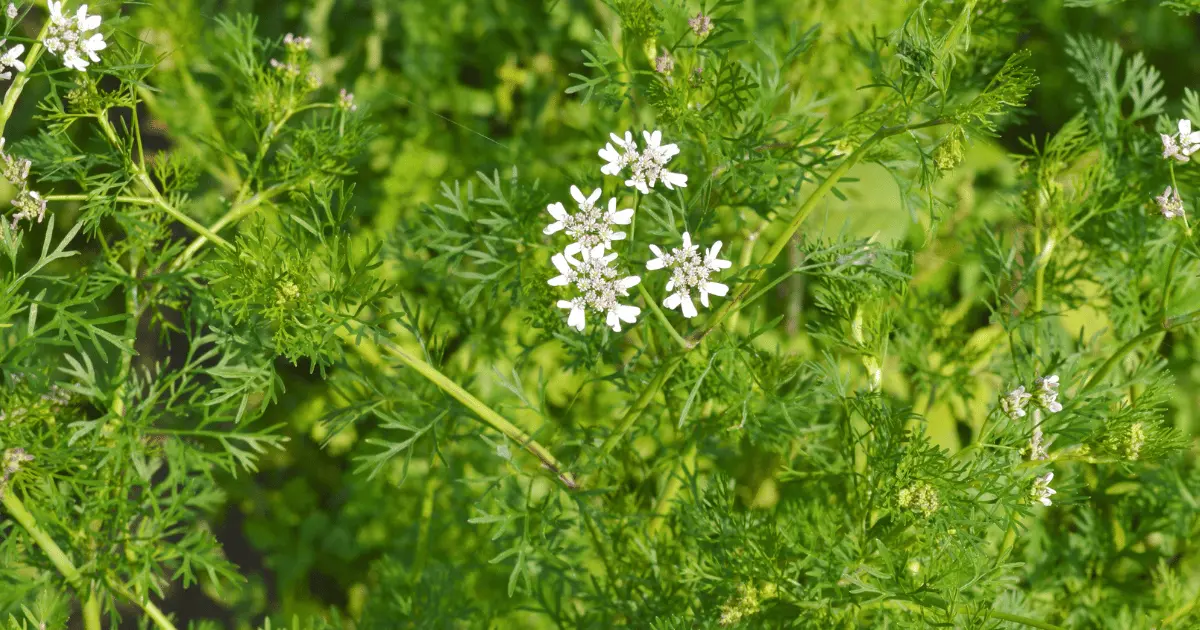
Aphids are one of the worst pests of the broccoli plantation. Dills work well in companion with Broccoli because they repel aphids and other natural pests of this plant. Dills do this through the strong fragrance they exhume into the broccoli plantation.
Thyme
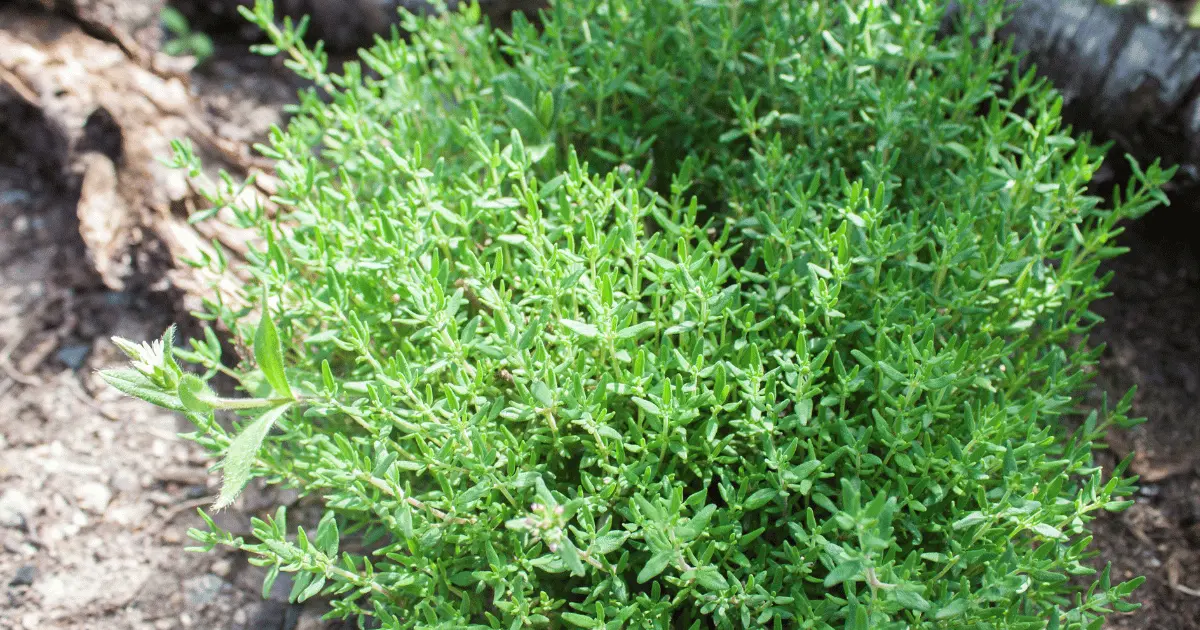
Thyme also has a fragrance that repels dime pests. This characteristic of thyme is greatly beneficial to Broccoli as well because it repels its natural pests. Whiteflies, aphids, and flea beetles are repelled at the smell of the thyme plant.
Catnip

Catnip is also a fragrance-exhuming plant. The fragrance from catnip is a strong throw-off for natural pests of Broccoli, such as cabbage moths and aphids. Planting catnips around Broccoli, therefore, provides some form of pest shield for the Broccoli.
Mint

The fragrance from mint is a strong repellant for cabbage moths and other natural pests of Broccoli as well. This factor alone makes mint a good planting companion for Broccoli. Still, mint also attracts beneficial insects such as bees which serve as pollinators for the broccoli plantation.
Precautionary Measures for Using Broccoli Companion Plants
As good as companion planting is, it can be detrimental when not correctly done. In planting Broccoli with any other companion plant, allow the apt spacing requirements for both plants to thrive in the same space.
There are also a couple of plants that do not do well with Broccoli. Plants in the nightshade plant family do not do well with Broccoli because they depend on the same soil nutrients and are heavy feeders.
Growing Broccoli
Broccoli growth, to a large extent, depends on access to sunlight. Therefore any farm location with access to 6 to 8 hours of daylight would be a good location for planting Broccoli. After initial soil preparations, it is best to plant the Broccoli after quarter inch deep to achieve the best results, especially in the harvest.
It is also reasonable to space the Broccoli enough to allow each plant space to thrive; spacing 12 to 24 inches is usually required for best results. The broccoli seeds start sprouting up into plants between 4 and 7 days after planting. Too much nitrogen does not go well with Broccoli as it enhances leaf growth, so you should bear that in mind when making fertilizer choices.
It is best to use a balanced fertilizer for the broccoli farm. Broccoli thrives very well in moist atmospheric conditions. Be sure to keep the farm moist enough, but remember that a wet environment does not go well with Broccoli. It usually takes about two to three months for Broccoli to start producing, after which it produces for a month.
